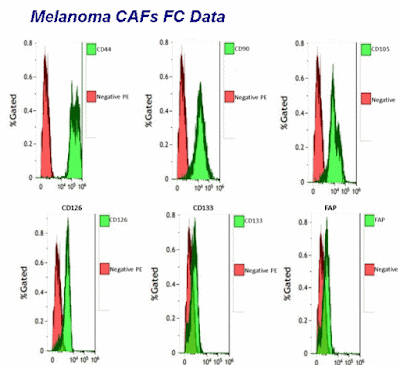There is a slowly growing body of support for certain hallucinogenic serotonin-like molecules supporting cognitive gains, antidepressant effects and changes in brain areas related to attention, self-referential thought, and internal mentation. These molecules are present in Virola Ayahuasca and used in traditional native South American medicine.
Here researchers found that in silico systems biology analyses support 5- MeO-DMT’s anti-inflammatory effects and reveal a modulation of proteins associated with the formation of dendritic spines, including proteins involved in cellular protrusion formation, microtubule dynamics and cytoskeletal reorganization. Proteins involved in long-term potentiation were modulated in a complex manner, with significant increases in the levels of NMDAR, CaMKII and CREB, but a reduction of PKA and PKC levels. These results offer possible mechanistic insights into the neuropsychological changes caused by the ingestion of substances rich in dimethyltryptamines: Vanja Dakic, Juliana Minardi Nascimento, Rafaela Costa Sartore, Renata de Moraes Maciel, Draulio B. de Araujo, Sidarta Ribeiro, Daniel Martins-de-Souza , Stevens Rehen. Short term changes in the proteome of human cerebral organoids induced by 5-methoxy-N,N-dimethyltryptamine. bioRxiv preprint first posted online Feb. 13, 2017; doi: http://dx.doi.org/10.1101/108159... anti-5-HT2A (RA24288, Neuromics)...
Images: Cerebral organoids express 5-MeO-DMT receptors and different cell type markers (A) Cerebral organoids presenting smooth texture and homogeneous coloring at 45 days of differentiation (scale bar 1000 µm). (B) Cerebral organoids are not peer-reviewed) is the author/funder. It is made available under a CC-BY-NC-ND 4.0 International license. bioRxiv preprint first posted online Feb. 13, 2017; doi: http://dx.doi.org/10.1101/108159. The copyright holder for this preprint (which was 8 composed by several cell types, including mature neurons, as shown by MAP2 staining. (C) Cells expressing AMPAR1 are found in the organoid edge, while (D) cells expressing NMDAR1 and (E) GFAP are detected within the organoid. (F) Cells positive for 5-HT2A receptor, and (G) σ-1R, the primary molecular targets for 5-MeODMT, are also found in the organoid. Scale bars: A = 1000 µm; B = 50 µm; C, D, E, F, and G = 20 µm. (H) The expression of molecular targets for 5-MeO-DMT was also confirmed by RT-PCR.






